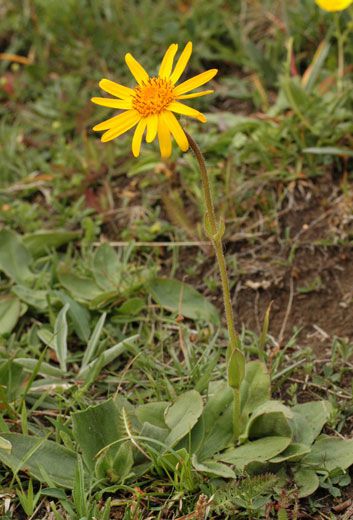-
 Converting enzyme inhibitor
Converting enzyme inhibitor
-
 Fossil fuel
Fossil fuel
-
 Endeavour
Endeavour
-
 Neoteny
Neoteny
-
 T-DMB
T-DMB
-
 Interambulacrum
Interambulacrum
-
 HIPS
HIPS
-
 Leukocyte
Leukocyte
-
 Gliding
Gliding
-
 Western red cedar
Western red cedar
-
 Elementary step
Elementary step
-
 Office automation
Office automation
-
 Viraemia
Viraemia
-
 Zodiacal light
Zodiacal light
-
 Benzene
Benzene
-
 Atomic force microscope
Atomic force microscope
-
 Biotin
Biotin
-
 One-way hash
One-way hash
-
 XviD
XviD
-
 Amylose
Amylose
-
 CME
CME
-
 PET
PET
-
 Monomur brick
Monomur brick
-
 LCoS
LCoS
-
 Cumulonimbus
Cumulonimbus
-
 Antidiabetic
Antidiabetic
-
 HiPER
HiPER
-
 Anaesthesia
Anaesthesia
-
 Hazardous waste
Hazardous waste
-
 Quartz
Quartz
Arnica
The arnica is a plant that grows in the mountains of Europe and North America. Also called the mountain tobacco and leopard's bane, it is a member of the Asteraceae family. The artichoke and mugwort, for example, are also a part of this family. Having become very rare in the wild, today arnica is legally protected in many countries.
The plant has a stem, at the top of which a single yellow flower is perched. Its velvety leaves are grouped together at the base, in a rosette. The fruit of the arnica, also covered in a fine down, is called an achene because it only consists of a single seed, like the acorn or hazelnut.
The medicinal richness of arnica is concentrated in its flower. Harvested in early bloom, in June or July, it must be dried quickly. Used in many preparations for external use, it is made into a tincture or arnica extract.
Arnica to treat bruises
Arnica’s anti-inflammatory properties soothe bruises. It is mainly indicated for local treatment of ecchymoses, or minor shocks. It reduces the aggregation of blood platelets - an essential factor in coagulation - and tissue inflammation. On the other hand, it is strongly advised not to apply arnica to open wounds, or near the eyes or mouth. It is not suitable for children under 3 years old. Finally, arnica is rich in flavonoids, molecules that belong to the polyphenol family that are well-known for their antioxidant properties.
Sources:
- Phytothérapie, la santé par les plantes, Vidal publisher
- Medicinal plants, Gründ
 Arnica, for the treatment of light contusions. © F. Le Driant / FloreAlpes.com
Arnica, for the treatment of light contusions. © F. Le Driant / FloreAlpes.com
Latest
Fill out my online form.



